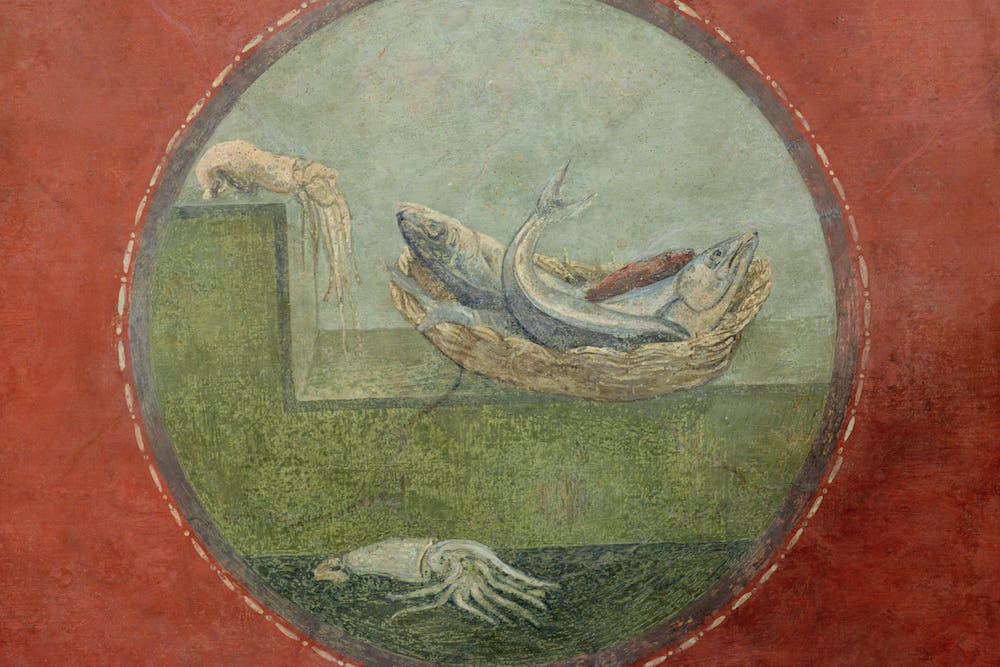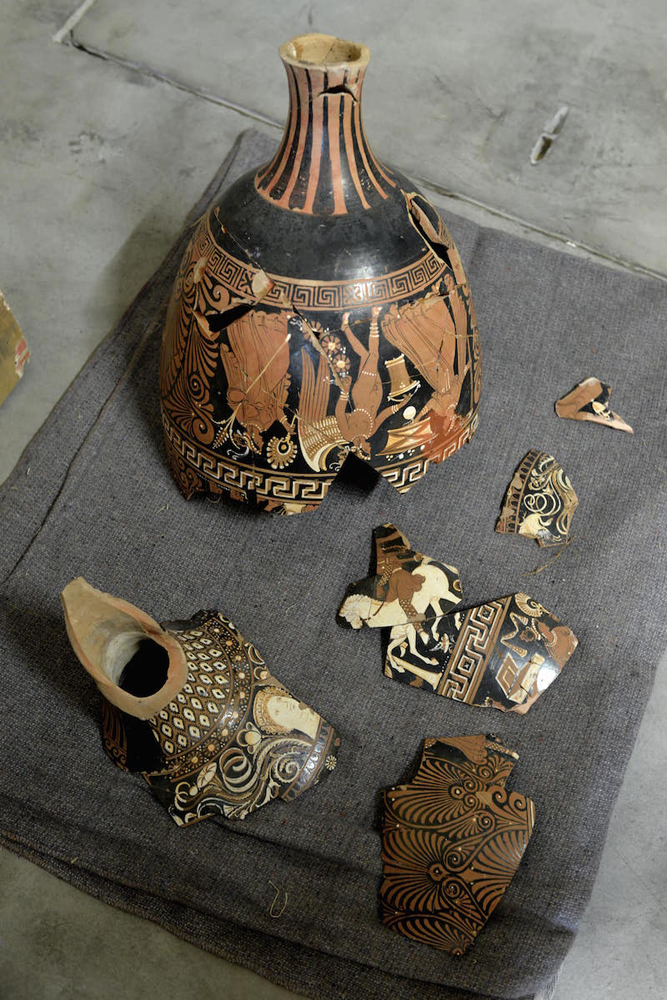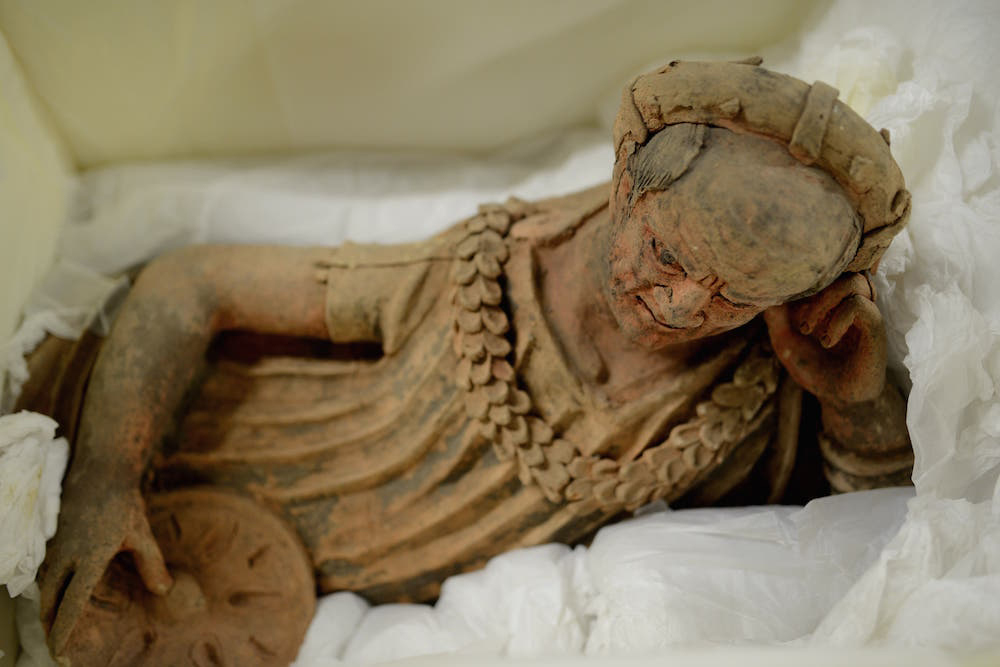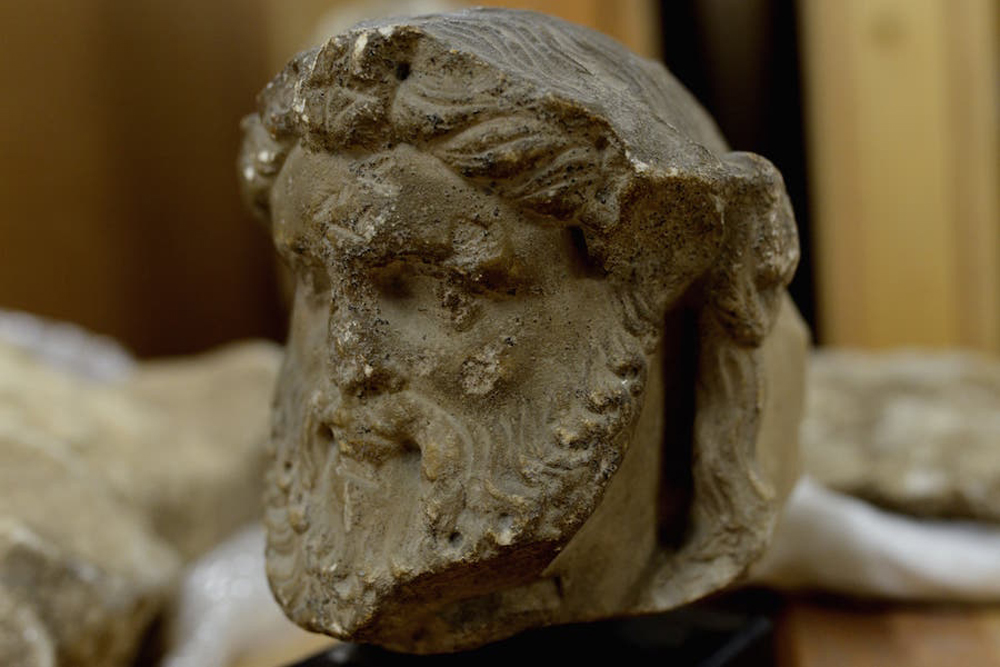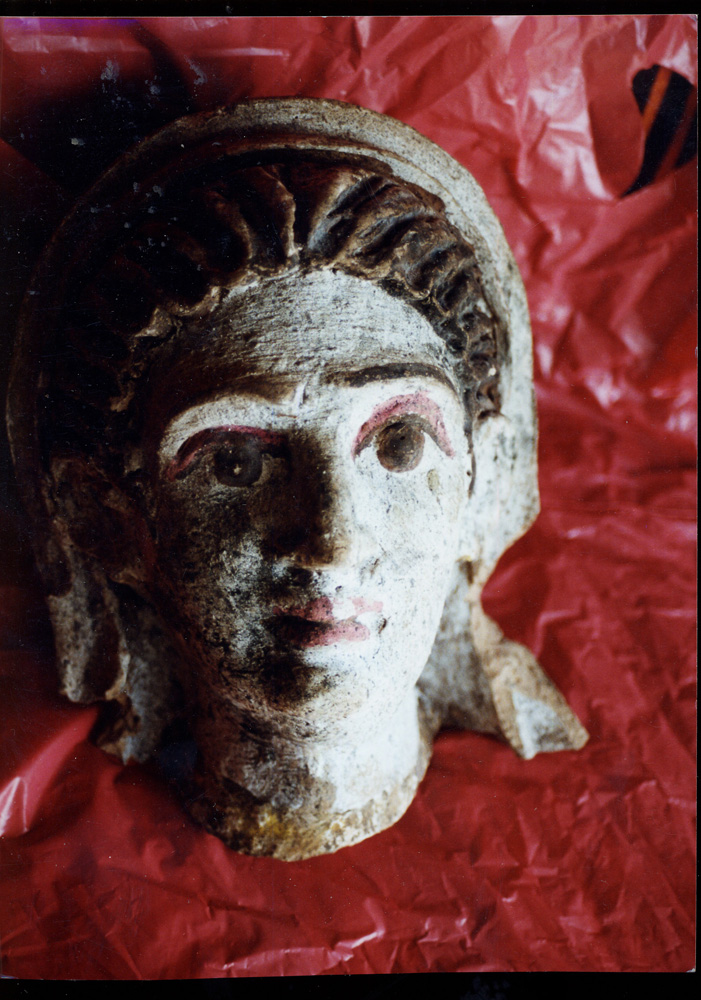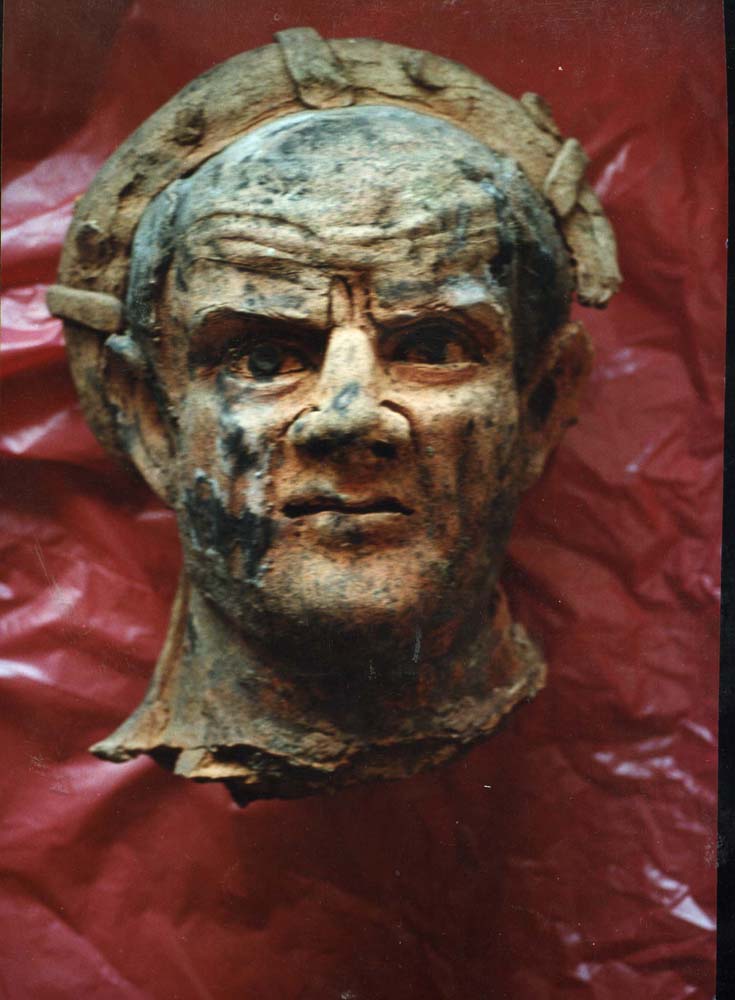Photos: Stolen Archaeological Treasures Returned to Italy
Forty-five boxes of antiquities have been returned to Italy after they were confiscated by Swiss authorities at a warehouse in Geneva. These artifacts were likely dug up by tomb robbers in central Italy, where the Etruscan civilization flourished, though without archaeological context, the origins of the objects are murky. [Read full story on the returned antiquities]
Restoring history to its rightful place
The returned antiquities include fragments of statues and beautiful frescoes. (Credit: Copyright Ministère public genevois)
Ancient artifacts
There were also several vases depicting scenes from Greek mythology. (Credit: Copyright Ministère public genevois)
Claiming their place
Students of art history today might know the Etruscans best for their sarcophagi, or coffins, which often featured a life-size sculpture of a man or woman. (Credit: Copyright Ministère public genevois)
Get the world’s most fascinating discoveries delivered straight to your inbox.
A couple of recovered artifacts
Two of these sarcophagi were seized in Geneva. (Credit: Copyright Ministère public genevois)
A hint of illegal activities
Swiss authorities said an investigation into the case began in 2014, when Italian police came to Geneva with information about possible illicit antiquities being stored at a warehouse in the Free Ports. (Credit: Copyright Ministère public genevois)
Unnamed guilty party
While Swiss authorities did not outright name the parties implicated in the case, the details they released strongly suggest that former British dealer Robin Symes put the antiquities in the warehouse. (Credit: Copyright Ministère public genevois)
A ping of familiarity
After Swiss authorities announced the repatriation and issued photos of the artifacts, Christos Tsirogiannis, a researcher who studies the illicit antiquities trade at the University of Glasgow's Trafficking Culture project, thought some of the images looked familiar. (Courtesy of Christos Tsirogiannis)
Broken and recovered
Tsirogiannis has access to an archive kept by convicted Italian antiquities trafficker Giacomo Medici, one of Symes' suppliers. Two photos from that archive show the sculpted heads of a man and woman that match the heads of the sarcophagi returned to Italy. The Medici archive photos show that the heads of the sarcophagi were at some point broken off the coffin. (Courtesy of Christos Tsirogiannis)
Fish fresco

